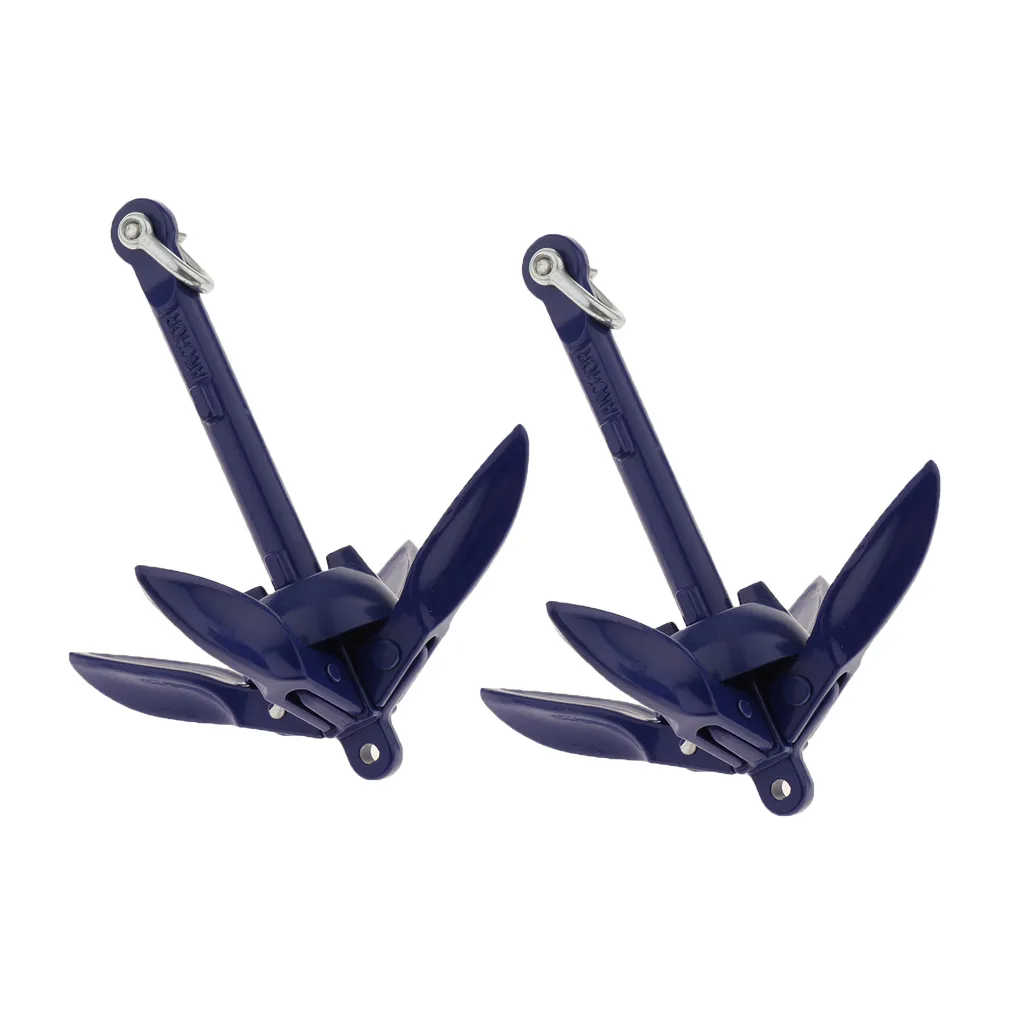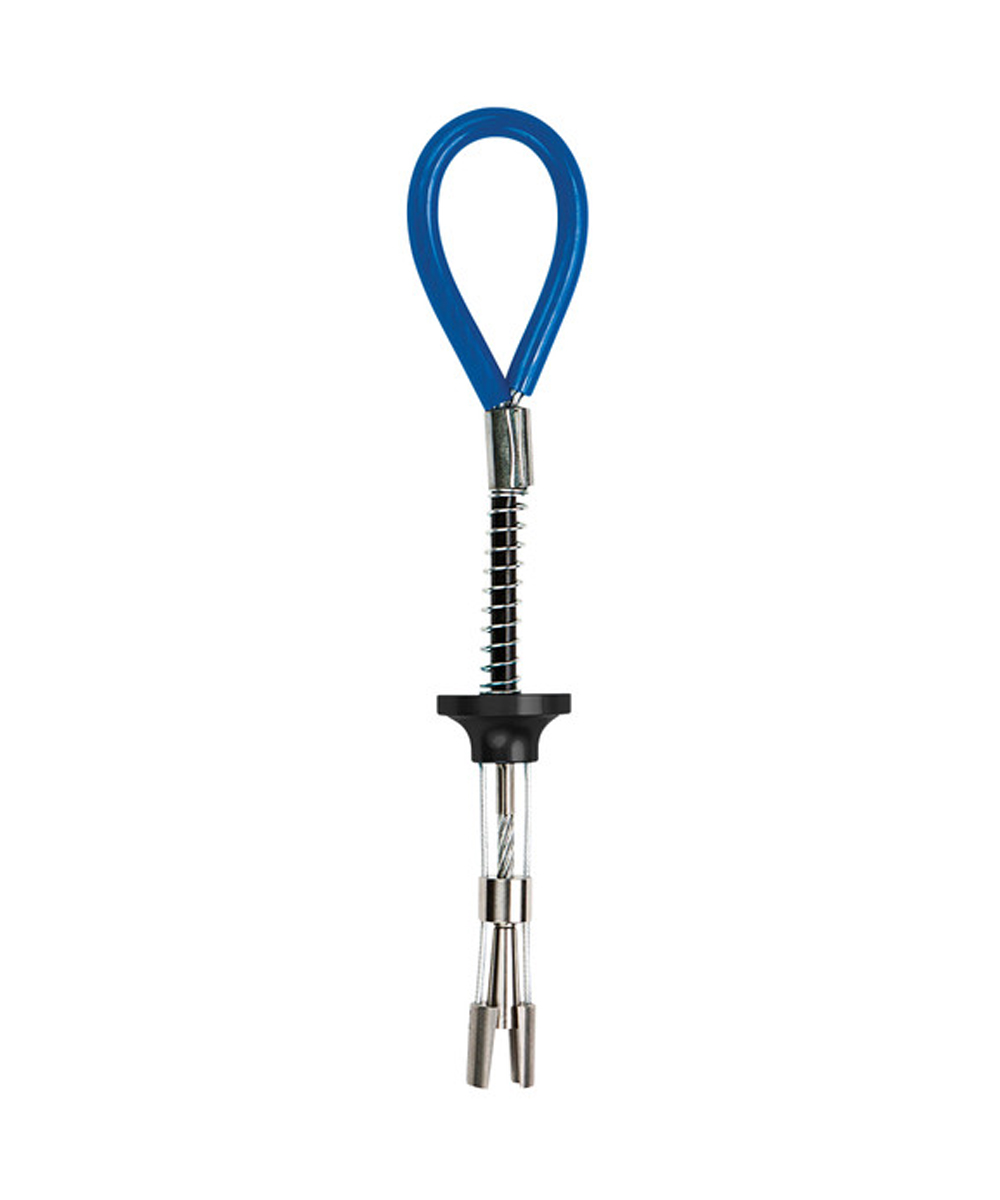How Portable Building Anchors Help With Fast and Reliable Site Setup
Just How Anchoring Systems Enhance Security and Stability in Numerous Industries
Anchoring systems are crucial for ensuring safety and security throughout multiple industries. They supply vital support for frameworks, equipment, and workers, mitigating risks connected with lateral forces and vibrant problems. From building and construction sites to maritime settings, these systems offer diverse features. Their performance is frequently taken for granted, yet the subtleties of their application can substantially impact functional success. Comprehending their value reveals much deeper insights into sector security requirements and practices.
The Significance of Anchoring Equipments in Security Protocols
Although commonly ignored, anchoring systems play a crucial duty in ensuring safety and security throughout numerous markets. These systems supply stability and assistance for structures, equipment, and employees, thus reducing the threat of injuries and crashes. In settings such as building websites, maritime procedures, and commercial facilities, efficient securing guarantees that heavy machinery and scaffolding continue to be protected, avoiding disastrous failures. In addition, proper anchoring systems can improve the effectiveness of personal protective devices, such as harnesses, by securing them to secure points, which is crucial for employees running at elevations. The usage of trusted anchoring protocols cultivates a security culture, where both monitoring and employees focus on threat mitigation. Eventually, the integration of well-designed anchoring systems right into security procedures is necessary for maintaining operational integrity and protecting human life, highlighting their value in everyday security procedures throughout diverse fields.
Sorts Of Anchoring Systems Utilized in Building And Construction
In addition, ground supports are crucial for supporting structures in challenging terrain, providing resistance against side forces. Tiebacks and soil anchors are employed in excavations and maintaining wall surfaces to boost security versus soil stress. Each type of securing system is developed to meet certain tons demands and environmental conditions, adding to the overall safety and toughness of building and construction tasks.
Securing Solutions for Maritime Stability
Reliable anchoring solutions are necessary for ensuring maritime stability, specifically in dynamic aquatic settings. These remedies play an essential function in securing vessels, offshore systems, and drifting frameworks against uncertain forces such as waves, currents, and wind. Numerous types of anchors, including typical stockless anchors, drag anchors, and suction anchors, are utilized based upon particular functional demands and seabed problems.
The layout and choice of anchoring systems are influenced by variables such as water depth, soil structure, and environmental conditions. Advanced modern technologies, including vibrant positioning systems and real-time tracking, further enhance the effectiveness of anchoring solutions. By supplying a secure structure, these systems substantially lower the risk of tipping over or drifting, thus ensuring the safety of personnel and cargo. Inevitably, durable anchoring services add to the functional efficiency and durability of maritime possessions, highlighting their relevance in the maritime industry.
Aerospace Applications: Keeping Aircraft Secure
In the aerospace field, guaranteeing the safety of airplane includes different tie-down methods and freight safeguarding approaches. Conformity with security laws is crucial to preserving security throughout ground procedures and transport. These methods are vital for protecting against mishaps and guaranteeing the security of both the aircraft and its occupants.
Airplane Tie-Down Techniques
While the safety of airplane is vital, correct tie-down strategies function as a critical element in ensuring stability during ground procedures. Airplane tie-downs involve protecting the aircraft to the ground making use of ropes, chains, or specialized bands, stopping unwanted activity because of wind or other environmental aspects. Effective methods include utilizing appropriate support factors and using an enough number of tie-downs based upon the airplane's size and weight. Routine evaluations of tie-down equipment are vital to guarantee integrity and efficiency. Furthermore, understanding local weather can guide the option of approaches and materials made use of for protecting airplane. Inevitably, carrying out sound tie-down techniques improves functional safety and security and stops damage during durations of lack of exercise.
Cargo Securing Techniques
Cargo protecting methods play a necessary role in keeping the stability and safety of aircraft throughout transport. Efficient systems guarantee that freight remains secure and safe and secure throughout the trip, minimizing the threat of activity that can lead to damage or mishaps. Common strategies consist of making use of cargo internet, bands, and specialized securing devices made to withstand the pressures experienced during trip, touchdown, and takeoff. The execution of these approaches involves careful planning and factor to consider of the freight's weight distribution and center of mass. Furthermore, devices such as tons binders and edge protectors improve the general effectiveness of securing methods. By employing these methods, the aerospace industry substantially decreases potential hazards connected with transferring products, ultimately protecting both the airplane and its cargo.
Security Regulations Compliance
Guaranteeing compliance with safety regulations is essential for keeping the protection of aircraft and their cargo. In the aerospace sector, stringent adherence to policies set by governing bodies, such as the Federal Aviation Administration (FAA) and the International Civil Aeronautics Company (ICAO), is necessary. These guidelines mandate using trusted securing systems to protect freight and protect against changing during trip, which can cause crashes. Appropriate training for employees in making use of these systems is read the full info here likewise necessary to verify their efficiency. Routine evaluations and upkeep of anchoring equipment further improve compliance and safety and security. By adhering to these guidelines, the aerospace field can greatly reduce dangers, safeguard lives, and keep functional integrity in flight.
Production Safety: Function of Anchoring in Production
In the domain of production, securing systems play a necessary function in making sure devices stability and protecting against work environment mishaps. By securely attaching equipment, these systems not only boost safety yet also add to operational performance. Reliable anchoring techniques can greatly lower the risk of incidents, promoting a more secure my sources workplace.
Devices Security Guarantee
The manufacturing setting frequently entails hefty equipment and complex equipment, the effectiveness of anchoring systems plays a significant role in keeping tools stability. Correctly mounted anchors reduce resonances and avoid tools from changing throughout procedures. This security is vital for both the capability of equipment and the overall performance of production processes. Additionally, well-anchored devices decreases damage, expanding the life expectancy of expensive assets. In atmospheres where precision is paramount, such as production line, the assurance of stability provided by anchoring systems enhances functional precision. Integrating durable anchoring remedies into making setups not only safeguards devices but also cultivates a trusted manufacturing landscape, ultimately contributing to better output and efficiency.
Preventing Workplace Accidents
Anchoring systems considerably add to avoiding work environment mishaps in producing settings. By securing equipment and equipment, these systems decrease the threat of tipping, falling, or shifting throughout procedure. This stability is crucial, as unanchored equipment can cause severe injuries among employees and damages to residential property. Additionally, anchoring systems boost the efficiency of safety and security procedures, as they give a reputable foundation for safety and security steps such as guardrails and safeguard. Regular evaluations and upkeep of securing systems are necessary to guarantee their integrity, thus cultivating a society of safety within the office. Ultimately, a robust anchoring system is an essential part in developing a much safer production environment, decreasing the probability of crashes and advertising overall office safety and security.
Boosted Operational Efficiency
Enhancing operational efficiency in making depends considerably on reliable anchoring systems. These systems provide security to equipment and equipment, lessening vibrations and activity during production processes. By making certain that tools and parts remain securely in position, securing systems lower the threat of functional hold-ups triggered by devices misalignment or failure. This reliability allows for smoother process and boosted productivity, as workers can concentrate on their jobs without continuous adjustments or disturbances. In addition, reliable securing adds to the long life of machinery, reducing upkeep prices and downtime. Therefore, manufacturers can achieve higher result prices and improved source utilization, inevitably leading to better earnings and an one-upmanship out there.

Developments in Anchoring Innovation
As the demands for security and stability in different sectors boost, technologies in anchoring modern technology have actually emerged to attend to these obstacles. Modern anchoring systems are now developed with advanced products and design strategies, enhancing their sturdiness and performance. Technologies such as clever sensors and automated tracking systems enable real-time evaluation of anchoring performance, ensuring optimal precaution are preserved.
Additionally, light-weight composite materials have replaced traditional steels, reducing the overall weight of securing systems while boosting stamina. Modular styles provide flexibility, permitting very easy modifications and personalizations to fulfill certain functional requirements. Environment-friendly anchoring services are getting traction, lessening environmental influence while making sure robust performance.
These innovations not only boost the reliability of securing systems however also resolve the evolving needs of diverse sectors, consisting of construction, marine, and renewable resource industries. Such innovations lead the method for safer and more effective procedures throughout various applications.
Instance Studies: Successful Execution of Anchoring Equipments
The innovations in anchoring modern technology have brought about remarkable study showcasing effective implementations across numerous fields. In the building and construction market, a significant job made use of a brand-new kind of deep foundation click resources securing system, which enhanced stability in difficult dirt problems. This development significantly lowered settlement issues and ensured safety and security during building, eventually causing prompt project conclusion.
In the maritime field, a shipping business adopted sophisticated mooring systems that improved vessel security throughout adverse weather condition problems. This implementation brought about a marked decrease in accidents and cargo losses, highlighting the importance of trustworthy securing in uncertain atmospheres.
Furthermore, in the wind energy industry, securing systems have been vital in securing offshore turbines versus solid currents, showing their duty in sustainable energy production (Site Security Anchors). These study jointly show exactly how reliable securing remedies add to safety and security, performance, and lasting viability across diverse sectors
Often Asked Questions
How Do Anchoring Equipment Affect Overall Job Timelines?
The efficiency of job timelines can be considerably influenced by anchoring systems. Correct anchoring minimizes delays by making certain security, minimizing threats, and assisting in smoother operations, eventually adding to timely task completion and boosted efficiency.
Are There Specific Rules Governing Anchoring Solutions?
Particular regulations governing securing systems exist throughout different industries, making certain conformity with security standards. Site Security Anchors. These policies typically concentrate on maintenance, layout, and setup, targeted at reducing dangers and boosting general operational security and safety

What Products Are Typically Used in Anchoring Equipments?
Common products utilized in securing systems include high-strength steel, galvanized iron, artificial ropes, and composite products. These elements are picked for their longevity, resistance to environmental factors, and capacity to supply reliable assistance in various applications.
Exactly How Typically Should Anchoring Solutions Be Examined?
Inspection frequency for securing systems usually depends on usage and environmental problems. Typically, it is recommended to conduct inspections every six months, with even more frequent sign in extreme settings or following considerable occasions impacting stability.
What Are the Costs Related To Mounting Anchoring Systems?
The expenses connected with mounting anchoring systems differ significantly based upon factors such as materials, style intricacy, and labor requirements. Proper budgeting is necessary to ensure efficient execution and compliance with safety guidelines in appropriate markets.
Anchoring systems are necessary for making certain security and stability across several sectors. Usually overlooked, securing systems play a vital duty in ensuring safety and security across various industries. In enhancement, anchoring systems boost the effectiveness of safety and security protocols, as they offer a reputable structure for safety and security measures such as guardrails and safety nets. Normal evaluations and maintenance of anchoring systems are important to ensure their integrity, thereby cultivating a society of security within the work environment. Particular policies regulating anchoring systems exist across numerous sectors, guaranteeing conformity with safety requirements.